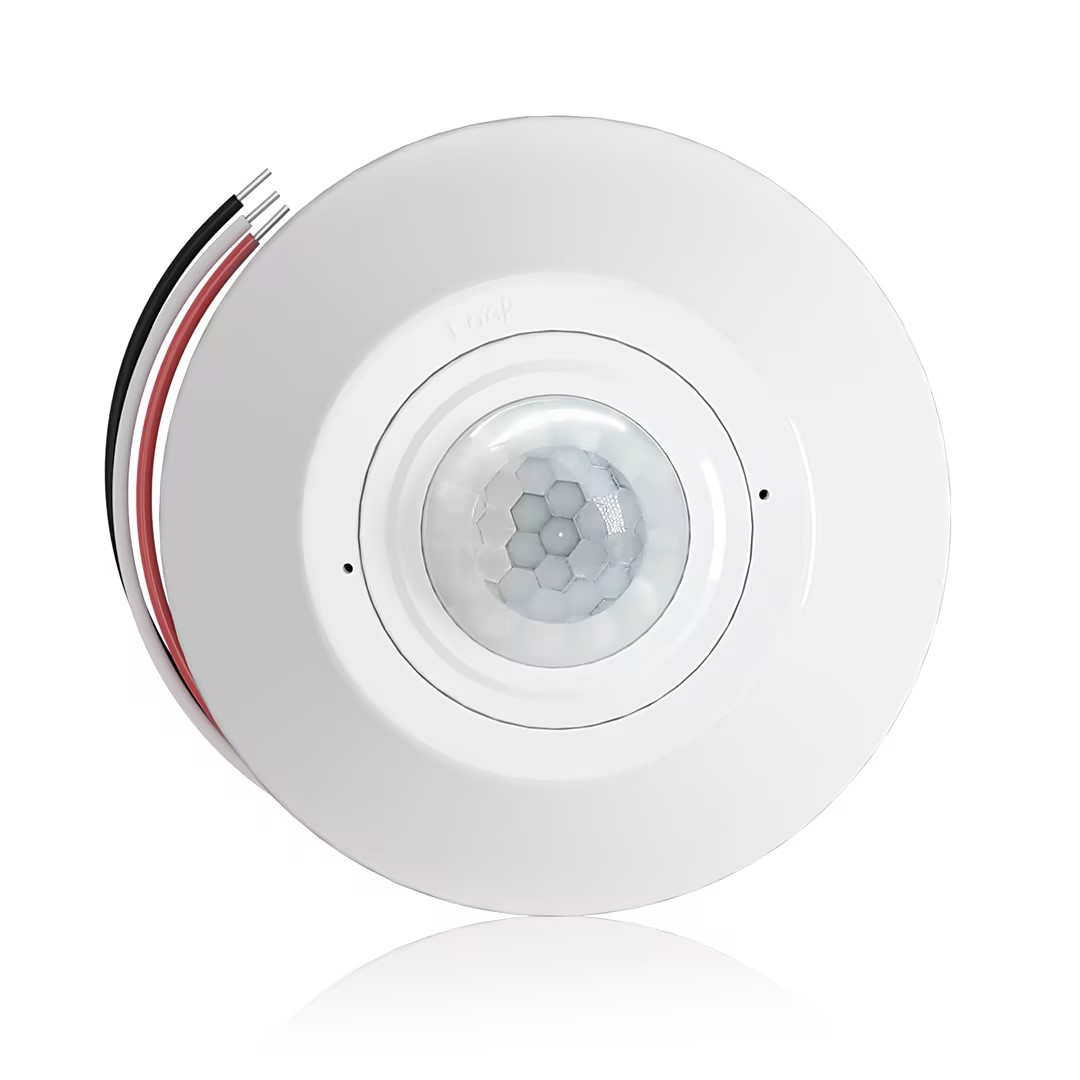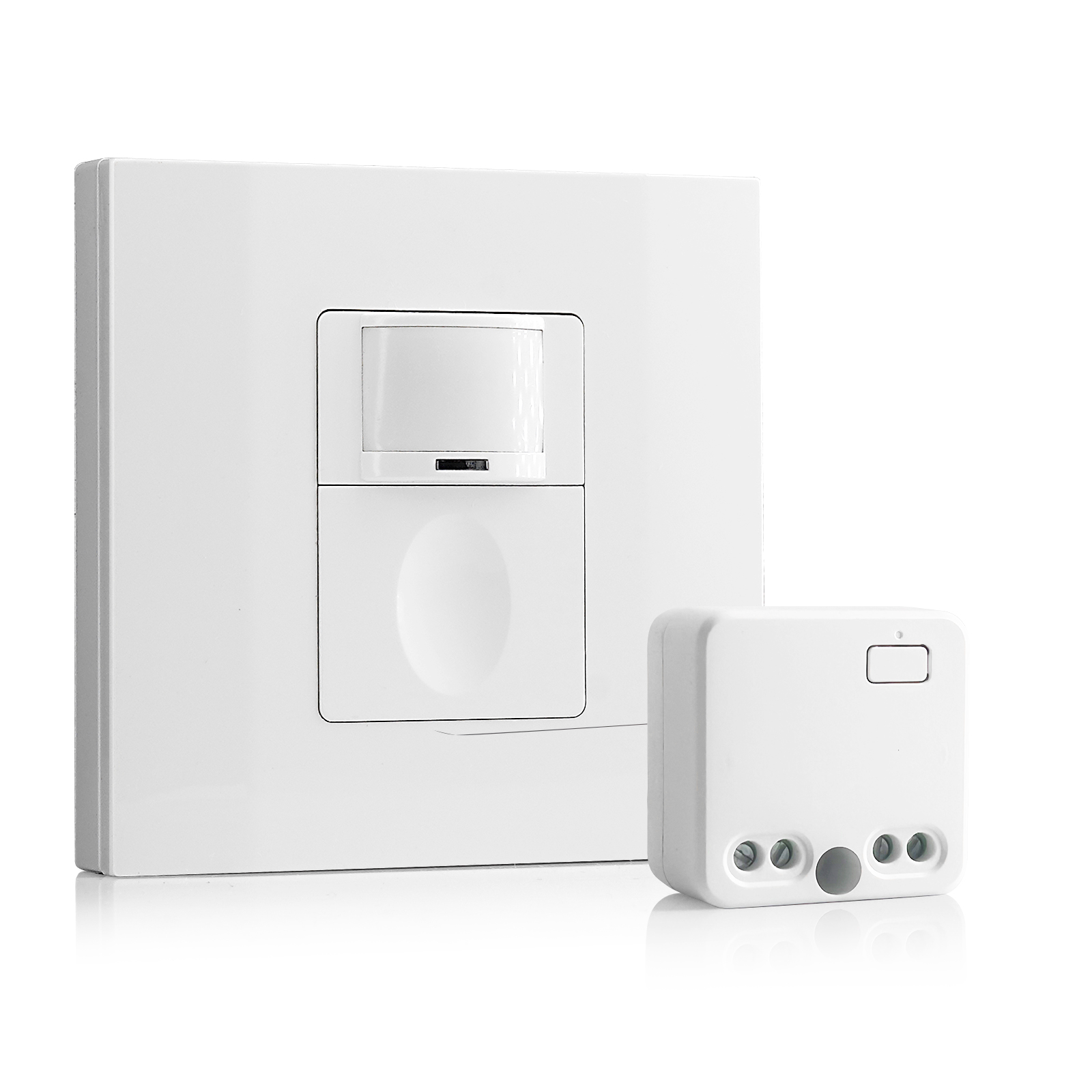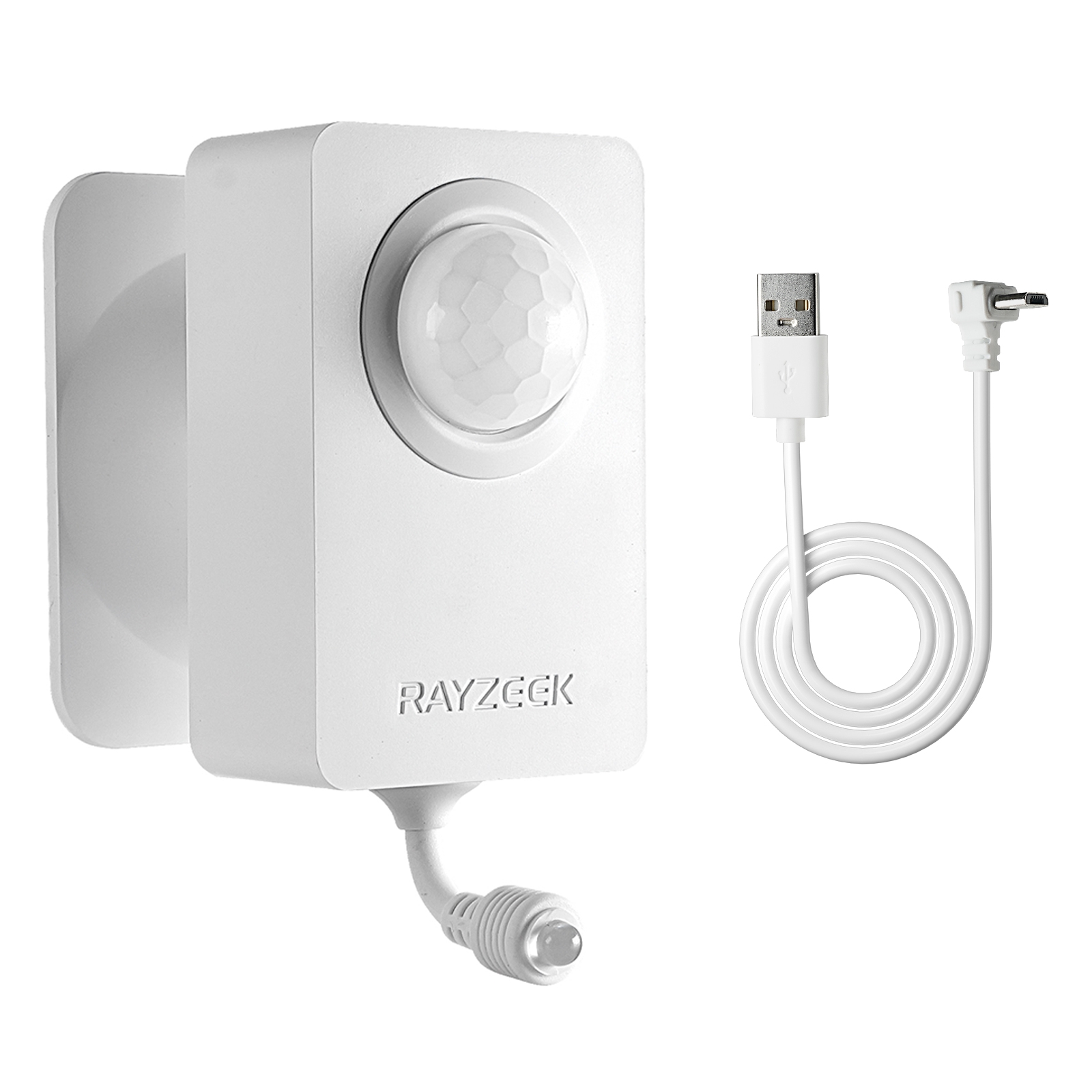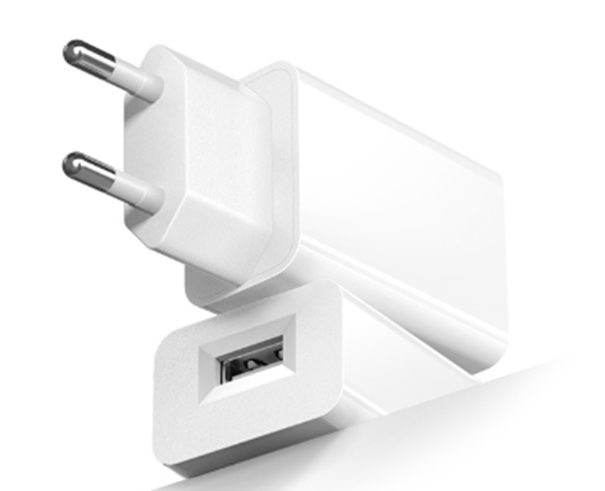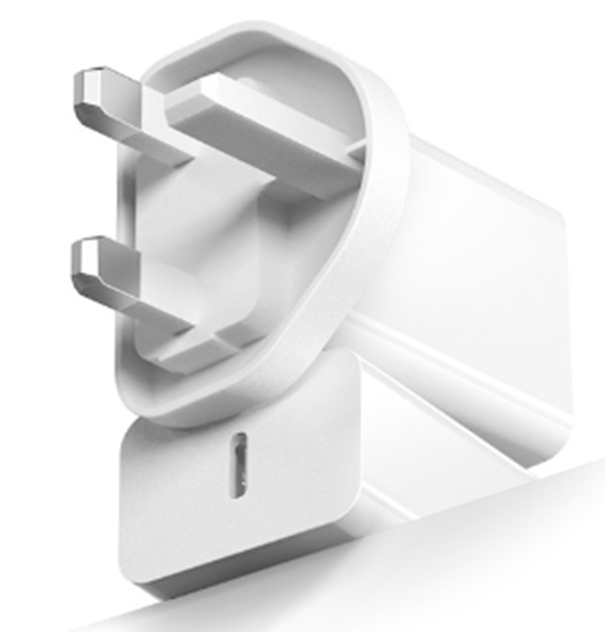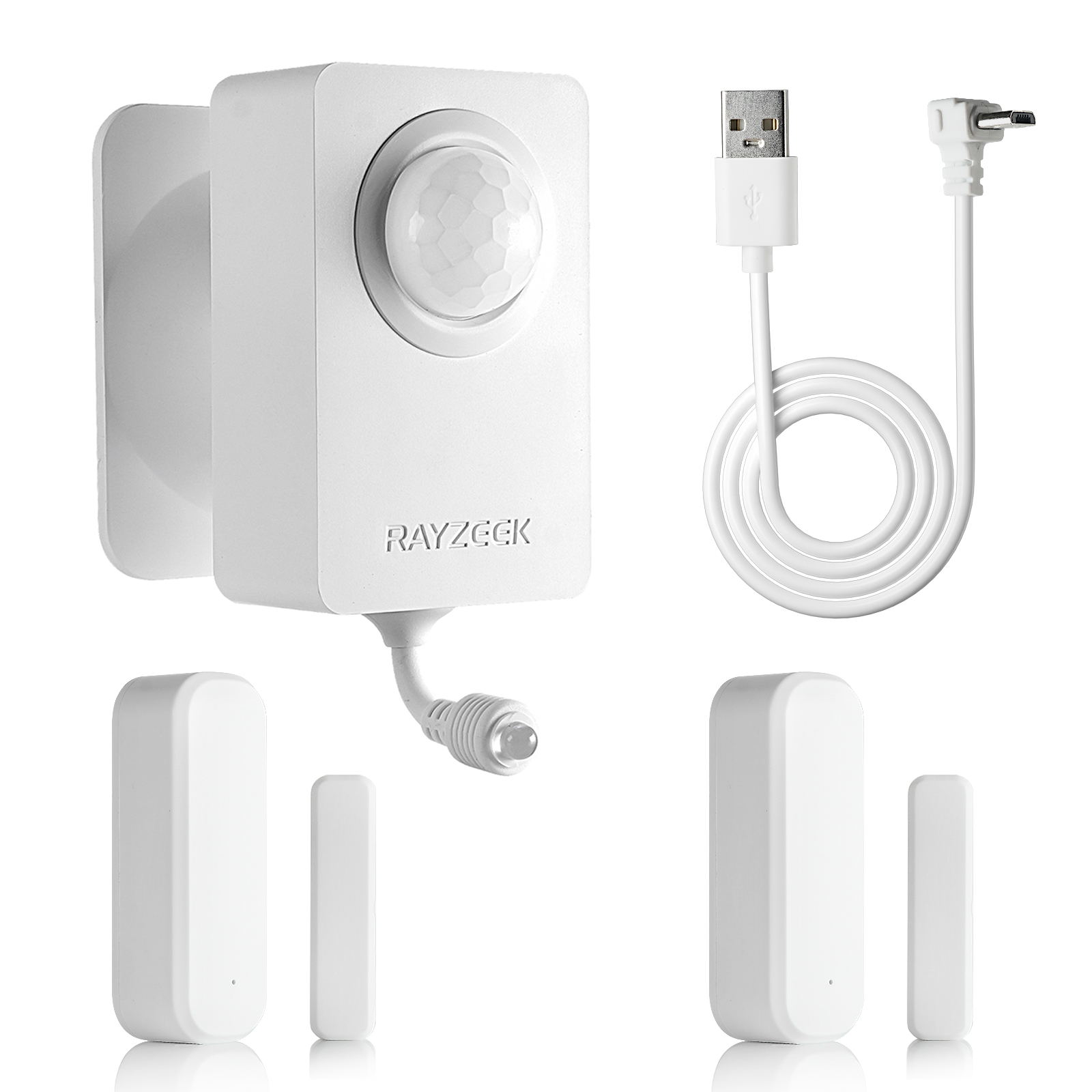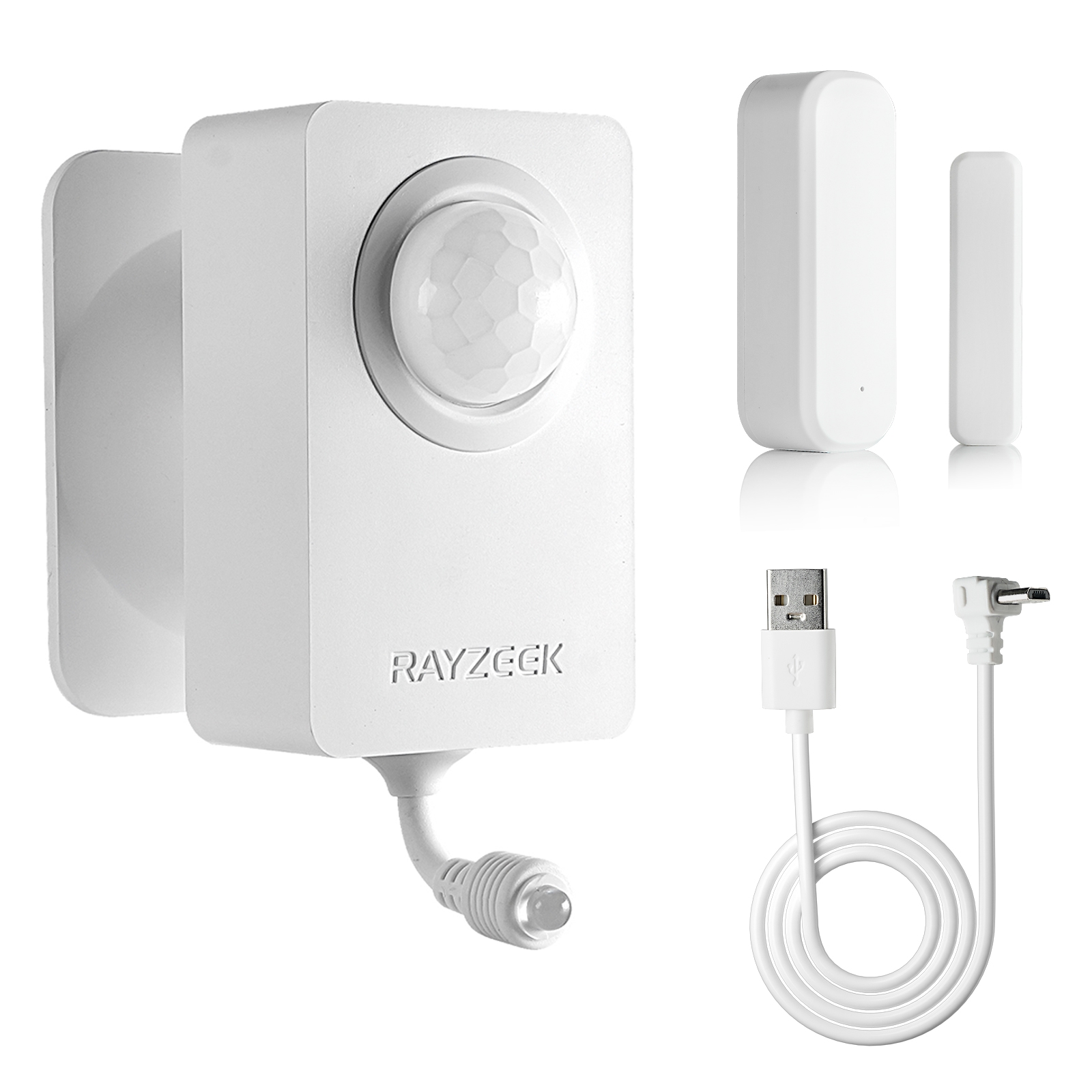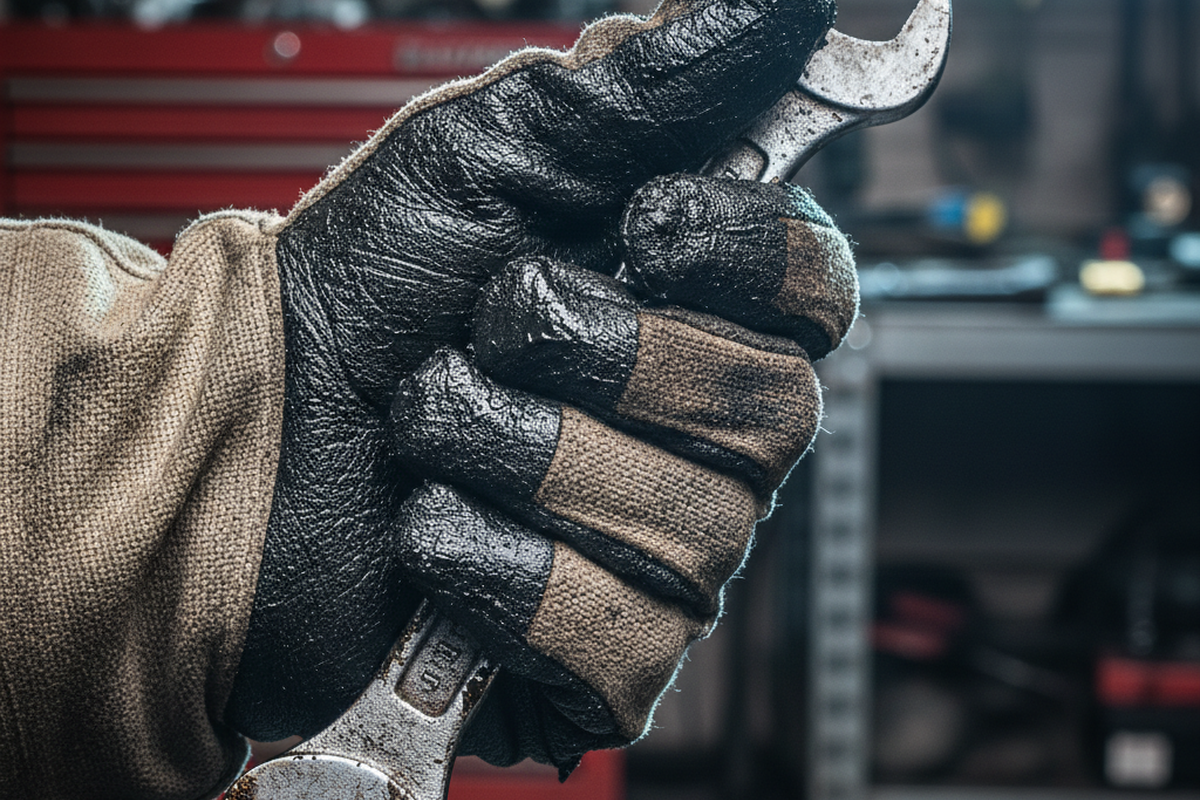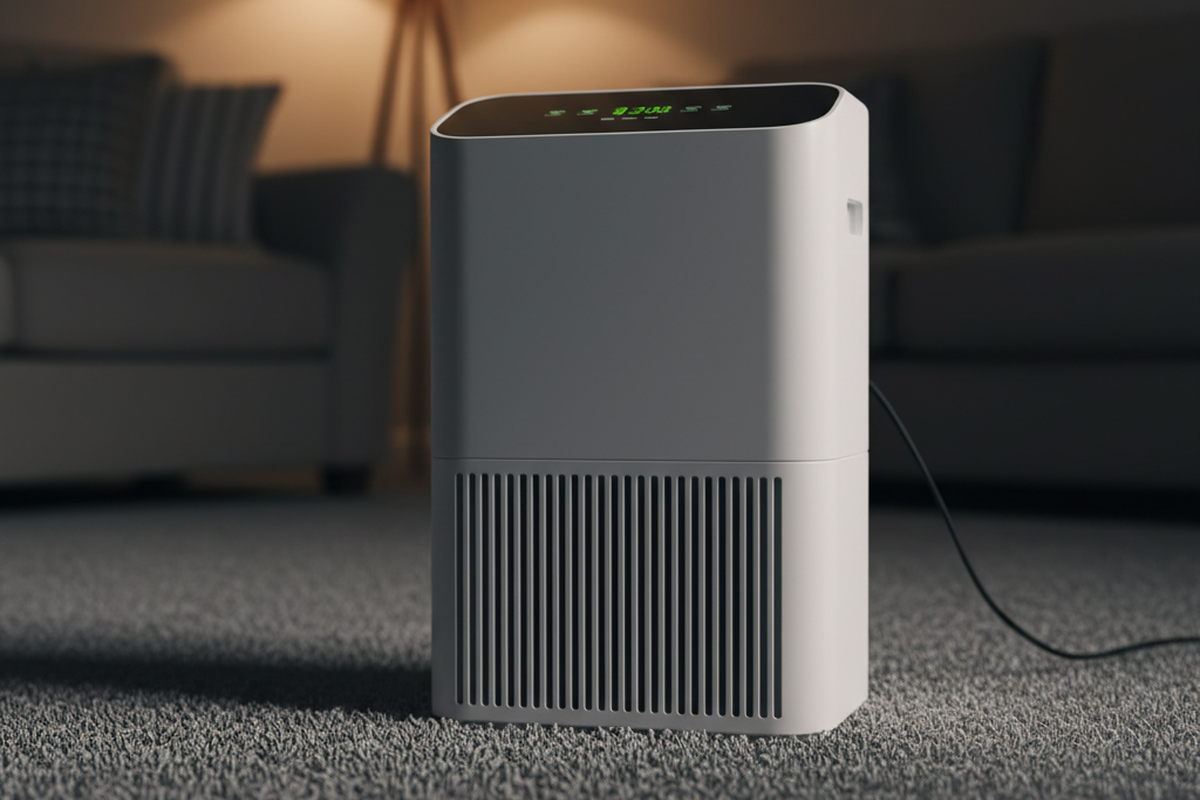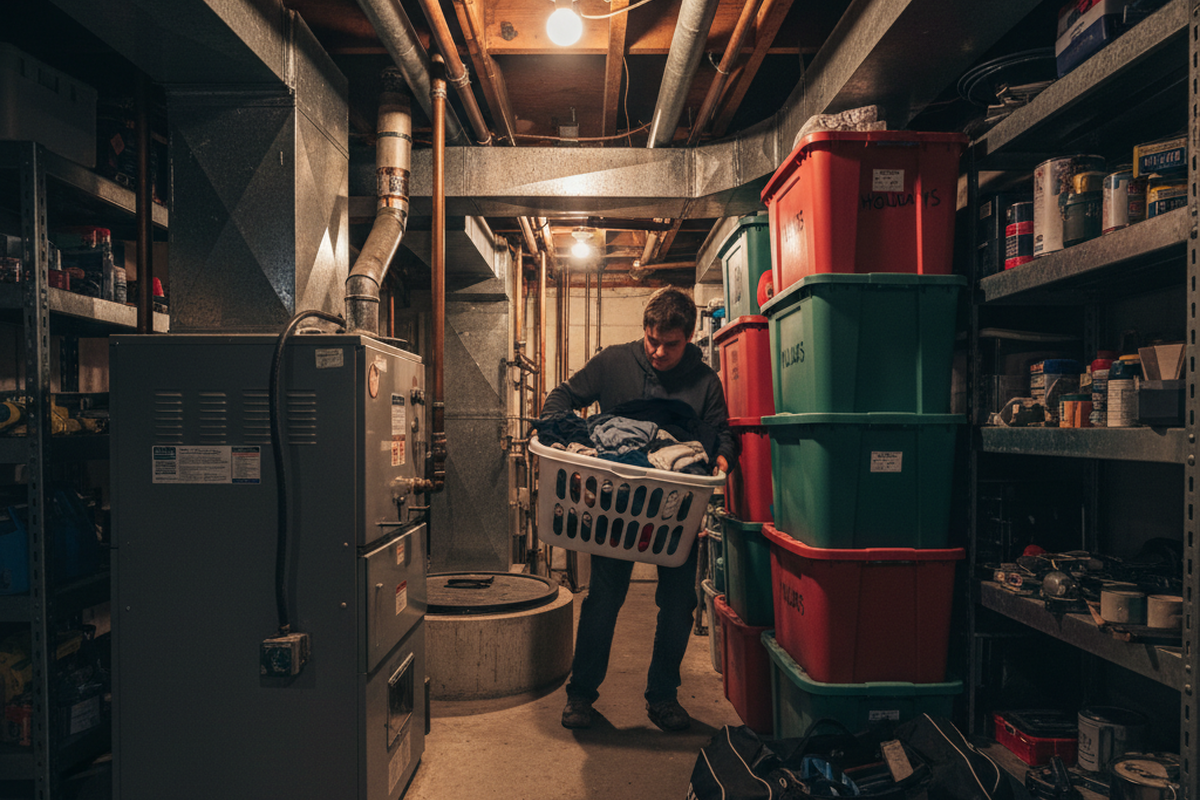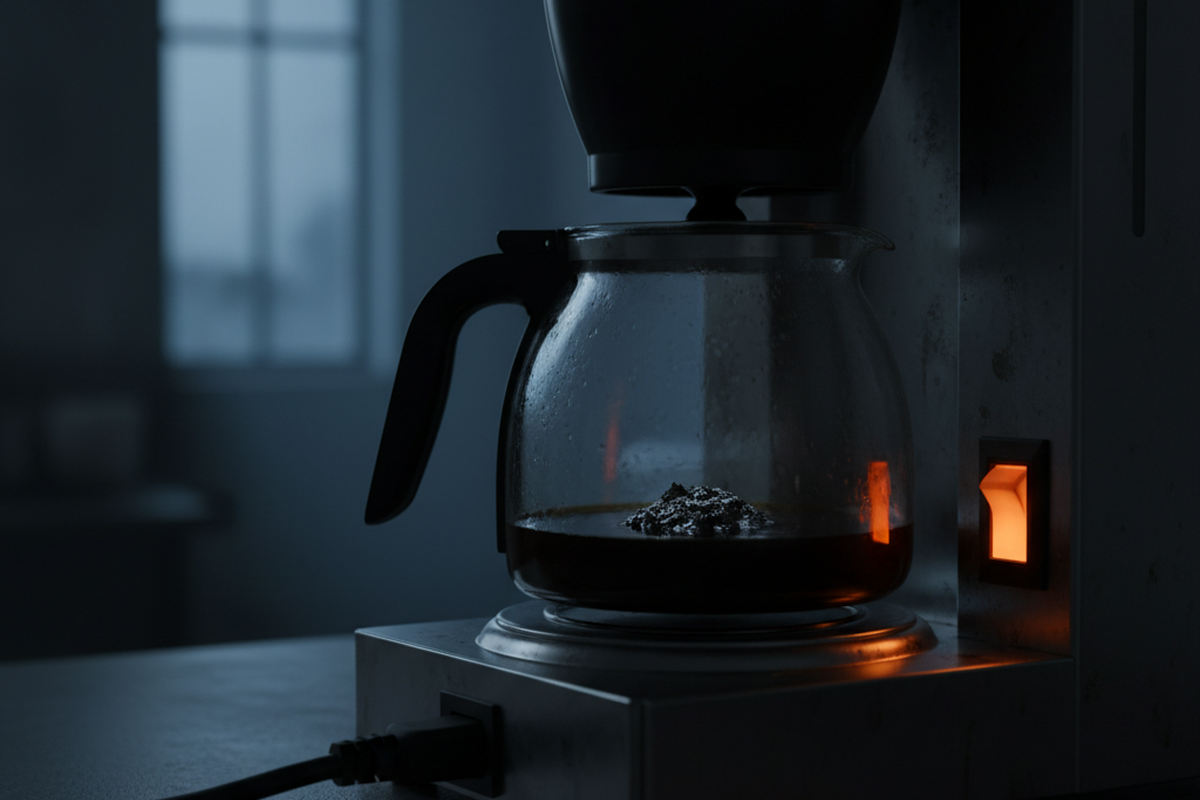Klimatizační jednotky jsou pro pohodlí v horkém počasí nezbytné, ale někdy se mohou vyskytnout problémy. Jedním z častých problémů je zamrzání klimatizace, kdy se na cívkách výparníku tvoří led, který brání jednotce v účinném chlazení. To může vést k nepohodlí, vyšším účtům za energii a dokonce k poškození systému. V tomto článku se budeme zabývat různými důvody, proč klimatizace zamrzají, a to jak běžnými příčinami, které mohou majitelé domů často řešit sami, tak složitějšími problémy vyžadujícími odborný zásah.
Pochopení zamrzání klimatizace
K zamrznutí klimatizace dochází, když teplota výparníku uvnitř klimatizačního systému klesne pod bod mrazu (32 °F nebo 0 °C). To způsobí, že vlhkost vzduchu, který přes ně prochází, zmrzne a vytvoří led. Tento nános ledu omezuje proudění vzduchu, snižuje chladicí výkon, a pokud se neřeší, může dojít k poškození systému. Zatímco teplota tuhnutí vody je rozhodujícím faktorem, skutečná teplota, při které cívka klimatizace zamrzne, se může mírně lišit v důsledku faktorů, jako je tlak vzduchu a nečistoty ve vodě. Je důležité si uvědomit, že zamrzání je problémem především během chladicí sezóny, kdy klimatizace aktivně odvádí teplo a vlhkost ze vzduchu.
Identifikace zamrzlé klimatizace
Přemýšleli jste někdy, proč vaše klimatizace nechladí tak dobře, jak by měla? Možná je zamrzlá. Zde je několik příznaků:
- Snížené proudění vzduchu: Jedním z prvních příznaků je znatelné snížení množství vzduchu vycházejícího z ventilačních otvorů.
- Teplý vzduch: Vzduch vycházející z ventilačních otvorů může být teplejší než obvykle nebo nemusí být vůbec chladný.
- Led na potrubí chladiva: Viditelná tvorba ledu na měděném vedení chladiva, zejména v blízkosti vnitřní jednotky, je jasným indikátorem.
- Úniky vody: Při tání ledu může dojít k úniku vody kolem vnitřní jednotky.
- Syčivé nebo bublavé zvuky: Tyto zvuky mohou signalizovat únik chladiva, který je častým viníkem zamrzání.
- Krátká cyklistika: Klimatizační jednotka se může zapínat a vypínat častěji než obvykle.
- Vypnutí systému: V některých případech se může klimatizační jednotka zcela vypnout, aby se zabránilo poškození.
Běžné důvody, proč klimatizace zamrzají
K zamrznutí klimatizační jednotky může přispět několik faktorů. Pojďme se podívat na některé z nejčastějších příčin:
Znečištěný nebo ucpaný vzduchový filtr
Jedná se pravděpodobně o nejčastější a snadno odstranitelnou příčinu zamrzání klimatizace. Znečištěný vzduchový filtr omezuje proudění vzduchu přes cívky výparníku. Snížené proudění vzduchu brání cívkám absorbovat dostatek tepla, což způsobuje pokles jejich teploty pod bod mrazu. Majitelé domů by měli kontrolovat a vyměňovat vzduchové filtry každé 1-3 měsíce, v závislosti na způsobu používání a typu filtru. Hodnocení MERV (Minimum Efficiency Reporting Value) filtru udává jeho schopnost zachytit částice různých velikostí. Vyšší hodnocení MERV znamená lepší filtraci, ale může také omezit proudění vzduchu, pokud filtr není měněn dostatečně často.
Nízká hladina chladiva
Chladivo je krví vašeho klimatizačního systému, pohlcuje a uvolňuje teplo, aby ochladilo váš domov. Nízká hladina chladiva znamená, že není dostatek chladiva pro účinnou absorpci tepla. To způsobuje pokles tlaku ve výparníkové cívce, což vede k odpovídajícímu poklesu teploty, jevu známému jako Jouleův-Thomsonův jev. Nízký obsah chladiva je obvykle způsoben únikem někde v systému. K úniku může dojít v potrubí chladiva, cívkách nebo spojích. Je důležité mít na paměti, že s chladivem by měl manipulovat pouze licencovaný odborník na vzduchotechniku.
Ucpané cívky kondenzátoru
Kondenzátorové cívky umístěné ve venkovní jednotce jsou zodpovědné za uvolňování tepla absorbovaného chladivem. Pokud jsou tyto cívky zablokovány nečistotami, zbytky nebo vegetací, nemohou teplo účinně uvolňovat. To může způsobit, že chladivo zůstane při návratu do vnitřní jednotky příliš studené, což vede k zamrzání výparníkové cívky. Abyste tomu zabránili, měly by se kondenzátorové cívky čistit alespoň jednou ročně.
Nefunkční motor ventilátoru
Motor dmychadla hraje důležitou roli při cirkulaci vzduchu nad výparníkovými cívkami. Pokud nepracuje správně - běží příliš pomalu nebo vůbec -, sníží se průtok vzduchu. V důsledku toho mohou být cívky příliš studené a zamrzat. Problémy s motorem ventilátoru mohou pramenit z elektrických problémů, vadného kondenzátoru nebo opotřebovaného motoru.
Problémy s termostatem
Nefunkční termostat nemusí přesně snímat teplotu v místnosti nebo nemusí správně signalizovat zapnutí a vypnutí klimatizační jednotky. Pokud je například termostat nastaven příliš nízko nebo neustále požaduje chlazení, může klimatizační jednotka běžet nepřetržitě, což zvyšuje riziko zamrznutí. Problémy s termostatem mohou být způsobeny vadným zapojením, problémy s kalibrací nebo vybitou baterií u termostatů napájených bateriemi.
Ucpaný nebo nesprávně nainstalovaný odvodňovací systém
Při ochlazování vzduchu klimatizace také odstraňuje vlhkost, která kondenzuje na výparníkové cívce. Tato kondenzovaná voda obvykle odtéká odtokovým potrubím. Pokud je však odtokové potrubí ucpané nebo nesprávně nainstalované, může se voda vrátit zpět a zamrznout na cívkách. Odtokové potrubí se může ucpat řasami, nečistotami nebo odpadem.
Potenciální rizika zamrzlé klimatizace
Zamrzlá klimatizace je více než jen nepříjemnost, může představovat několik rizik:
- Snížená chladicí kapacita: Zamrzlá klimatizace nedokáže účinně ochlazovat vzduch a vy se cítíte nepříjemně.
- Zvýšená spotřeba energie: Systém pracuje intenzivněji, ale poskytuje méně chlazení, což vede k vyšším účtům za energii.
- Poškození kompresoru: Provoz klimatizace v mrazu může způsobit větší zatížení kompresoru, což může vést k jeho přehřátí a selhání. Výměna kompresoru je nejdražší součástí klimatizačního systému.
- Poškození vodou: Tající led může způsobit poškození okolí vodou.
- Úniky chladiva: Rozpínání a smršťování způsobené mrazem a rozmrazováním může zhoršit stávající úniky chladiva nebo vytvořit nové.
- Bezpečnostní rizika: Ve výjimečných případech může zamrzlá klimatizace představovat elektrické nebezpečí.
Pokročilá diagnostika a opravy
Pro zkušené odborníky a výzkumníky v oblasti HVAC je zásadní porozumět základním principům a pokročilým diagnostickým technikám.
Termodynamika zamrzání klimatizace
Na stránkách Jouleův-Thomsonův jev je základní princip, který vysvětluje, jak expanze plynu, například chladiva, způsobuje pokles teploty. Když chladivo expanduje ve výparnících, absorbuje teplo z okolního vzduchu. Pokud tlak klesne příliš nízko v důsledku nízkého obsahu chladiva nebo jiných problémů, může teplota klesnout pod bod mrazu.
Různé chladiva mají různé teploty varu a vztahy mezi tlakem a teplotou. Například běžné chladivo R-410A má nižší bod varu než starší chladiva, jako je R-22, takže je náchylnější k zamrznutí, pokud není systém správně naplněn.
Přehřátí a podchlazení jsou důležitá měření, která používají technici HVAC k posouzení výkonu klimatizačního systému. Přehřátí je teplotní rozdíl mezi teplotou par chladiva a teplotou jeho nasycení na výstupu z výparníku. Podchlazení je rozdíl teplot mezi kapalinou chladiva a teplotou nasycení na výstupu z kondenzátoru. Nesprávné přehřátí nebo podchlazení může indikovat problémy, které mohou vést k zamrznutí.
Hledáte řešení úspory energie aktivované pohybem?
Obraťte se na nás pro kompletní PIR senzory pohybu, produkty pro úsporu energie aktivované pohybem, spínače se senzorem pohybu a komerční řešení pro detekci přítomnosti/volnosti.
Zjišťování a opravy úniku chladiva
Ke zjištění úniku chladiva se používá několik metod:
Elektronické detektory úniku jsou zařízení, která detekují přítomnost chladicích plynů ve vzduchu. Další technika zahrnuje použití UV barvivo, kdy se do chladiva přidá speciální barvivo a pomocí UV světla se vizuálně zkontrolují úniky. Tlaková zkouška je další běžnou metodou. Systém je natlakován dusíkem a pomocí manometru se sleduje, zda nedochází ke ztrátě tlaku, což indikuje netěsnost. Nakonec se test mýdlových bublin je jednoduchá, ale účinná metoda. Na místa podezřelá z úniku se nanese mýdlový roztok a v případě úniku se vytvoří bubliny.
Oprava netěsností často zahrnuje výměnu netěsné součásti (např. části chladicího potrubí nebo cívky) a následné doplnění správného množství chladiva do systému.
Hodnocení a řešení stavu kompresoru
Opakované zamrzání může způsobit přehřátí kompresoru, což vede k jeho opotřebení a případnému selhání. Měření elektrického proudu kompresor může indikovat, zda pracuje příliš intenzivně. Neobvyklé zvuky z kompresoru, jako je skřípání nebo pískání, může znamenat vnitřní poškození. Kontrola kompresorového oleje na známky kontaminace nebo degradace může poskytnout informace o jeho zdraví. A konečně, a kompresní zkouška může měřit schopnost kompresoru stlačovat chladivo, což pomáhá určit jeho účinnost.
Testování a opravy elektrických komponent
Kondenzátory jsou elektrické komponenty, které pomáhají spouštět a spouštějí motor ventilátoru a kompresor. Vadný kondenzátor může zabránit správnému fungování těchto součástí a vést k zamrzání. Relé a stykače jsou spínače, které řídí tok elektřiny do různých komponent. Chybně fungující relé nebo stykač může způsobit nepravidelný chod systému. Uvolněná nebo poškozená kabeláž může narušit elektrické signály v systému střídavého proudu, což může vést k různým problémům, včetně zamrzání.
Úloha ventilů TXV a EEV v prevenci zamrzání
Termostatické expanzní ventily (TXV) a Elektronické expanzní ventily (EEV) hrají zásadní roli při prevenci zamrzání klimatizace.
TXV regulovat průtok chladiva do výparníkové spirály na základě teploty chladiva vystupujícího ze spirály (přehřátí). Pomáhají udržovat optimální průtok chladiva a zabraňují přílišnému ochlazení cívky.
EEV používají senzory a mikroprocesor k přesnějšímu řízení průtoku chladiva. Mohou rychleji reagovat na změny zatížení a jsou obecně účinnější než TXV.
Inspirujte se portfoliem pohybových senzorů Rayzeek.
Nenašli jste to, co jste chtěli? Nebojte se. Vždy existují alternativní způsoby řešení vašich problémů. Možná vám pomůže některé z našich portfolií.
Výhody EEV patří rychlejší odezva, větší přesnost, lepší přizpůsobivost různým zátěžím a lepší energetická účinnost. Jsou však složitější a dražší než TXV a jsou náchylnější k elektrickým problémům.
Výhody ventilů TXV jsou jejich jednoduchost, nižší cena a spolehlivost v některých aplikacích. Mezi jejich nevýhody patří pomalejší doba odezvy, menší přesnost než u EEV a menší přizpůsobivost měnícímu se zatížení.
Jak opravit zamrzlou klimatizaci
Pokud zjistíte, že vaše klimatizace zamrzla, můžete udělat následující kroky:
Bezpečné rozmrazování zamrzlé klimatizační jednotky
- Vypněte klimatizaci: Okamžitě vypněte klimatizační jednotku na termostatu a jističi.
- Zapněte ventilátor: Přepněte termostat na režim "pouze ventilátor", který pomáhá rozpouštět led cirkulací vzduchu.
- Nechte si čas na rozmrazení: Úplné roztátí ledu může trvat i několik hodin. Buďte trpěliví.
- Nepoužívejte ostré předměty: K odlamování ledu nepoužívejte ostré předměty, protože by mohlo dojít k poškození jemných cívek.
- Zkontrolujte, zda nedošlo k poškození: Po roztátí ledu zkontrolujte, zda cívky a další součásti nevykazují známky poškození.
Čištění nebo výměna vzduchových filtrů
Najděte vzduchový filtr, obvykle za mřížkou zpětného vzduchu. Vyjměte filtr a zkontrolujte jej. Pokud je znečištěný, vyměňte jej za nový filtr stejné velikosti a typu. Pokud používáte filtr pro opakované použití, vyčistěte jej podle pokynů výrobce.
Čištění cívek kondenzátoru
Nejprve vypněte napájení venkovní jednotky na jističi. Odstraňte z okolí jednotky veškeré nečistoty. Pomocí zahradní hadice s rozprašovací tryskou jemně omyjte cívky zvenčí. U silně znečištěných cívek zvažte použití komerčního čističe cívek.
Kontrola a oprava motoru ventilátoru
Přístup k motoru ventilátoru, který se obvykle nachází uvnitř vnitřní jednotky. Zkontrolujte motor a jeho součásti, zda nevykazují známky poškození nebo opotřebení. Zkontrolujte kondenzátor pomocí multimetru. Pokud motor neběží nebo vydává neobvyklé zvuky, může být nutná jeho výměna.
Kalibrace nebo výměna termostatu
Zkontrolujte baterie termostatu (pokud jsou k dispozici) a v případě potřeby je vyměňte. Ujistěte se, že je termostat nastaven na požadovanou teplotu a je v režimu "cool". Pokud termostat nereaguje správně, může být nutné jej překalibrovat nebo vyměnit.
Čištění odvodňovacích potrubí
Najděte potrubí pro odvod kondenzátu, obvykle PVC trubku v blízkosti vnitřní jednotky. Zkontrolujte, zda není odtokové potrubí ucpané. K odstranění případných ucpání můžete použít mokrý/suchý vysavač. Abyste zabránili růstu řas, nalijte do odtokového potrubí roztok bělidla a vody.
Možná máte zájem o
Prevence zamrzání klimatizace
Prevence je vždy lepší než léčba. Zde se dozvíte, jak zabránit zamrznutí klimatizace:
Důležitost pravidelné údržby
Pravidelná údržba může pomoci předejít mnoha běžným problémům s klimatizací, včetně zamrzání. Naplánujte si odbornou údržbu alespoň jednou ročně, nejlépe na jaře před začátkem chladicí sezóny. Nezapomeňte pravidelně měnit vzduchové filtry (každé 1-3 měsíce) a udržovat venkovní jednotku čistou a zbavenou nečistot.
Kromě těchto základních kroků zvažte, zda do své rutinní údržby nezařadit chytrá řešení, jako je například snímač pohybu klimatizace Rayzeek RZ050. Toto inovativní zařízení automaticky vypne klimatizaci, když je místnost neobsazená, a zabrání tak zbytečnému provozu, který může přispět k problémům se zamrzáním. RZ050 se snadno instaluje a funguje s většinou dálkově ovládaných dělených klimatizačních jednotek a nabízí jednoduchý, ale účinný způsob, jak zvýšit účinnost a životnost vaší klimatizace. Naučí se příkaz "OFF" dálkového ovladače klimatizace a vyšle stejný signál, aby zajistil správné vypnutí klimatizační jednotky, když není potřeba, čímž šetří energii a snižuje opotřebení. Aktivním řízením spotřeby klimatizace pomocí zařízení RZ050 můžete minimalizovat riziko zamrznutí a užívat si pohodlnějšího a úspornějšího chlazení.
RZ050 - Senzor pohybu klimatizace
Předcházejte zamrzání klimatizace a šetřete energii
- Automaticky vypne klimatizaci, když opustíte místnost.
- Snadná instalace pro domácí kutily - není potřeba žádné zapojení.
- Noční režim zajišťuje nepřerušovaný spánek.
Optimální nastavení termostatu pro prevenci zamrznutí
Nenastavujte termostat příliš nízko, zejména za velmi horkého a vlhkého počasí. Obecně se pro energetickou účinnost a pohodlí doporučuje nastavení na 25 °C (78 °F). Zvažte použití programovatelného termostatu, který automaticky nastaví teplotu podle vašeho plánu.
Zajištění správného proudění vzduchu
Ujistěte se, že jsou všechny větrací otvory otevřené a nezakryté. Udržujte nábytek a jiné předměty v dostatečné vzdálenosti od mřížek zpětného vzduchu. Zajistěte, aby byl kolem venkovní jednotky dostatečný volný prostor pro správné proudění vzduchu.
Kdy si nechat provést odbornou kontrolu a servis klimatizace
Mnoho problémů mohou vyřešit sami majitelé domů, některé situace však vyžadují odbornou pomoc. Kvalifikovaného technika HVAC byste měli zavolat, pokud:
- Máte podezření na únik chladiva.
- Motor ventilátoru je nefunkční.
- Klimatizační jednotka navzdory pravidelné údržbě nechladí správně.
- Nejste si jisti, že byste mohli sami provést některý z kroků při odstraňování závad nebo opravě.
- Pro roční preventivní údržbu.
Pochopením příčin a důsledků zamrzání klimatizace a přijetím preventivních opatření můžete zajistit, že vaše klimatizace bude fungovat efektivně a bude vás ochlazovat po celé léto. Nezapomeňte, že malá údržba je prevencí nákladných oprav a zárukou vašeho pohodlí.


